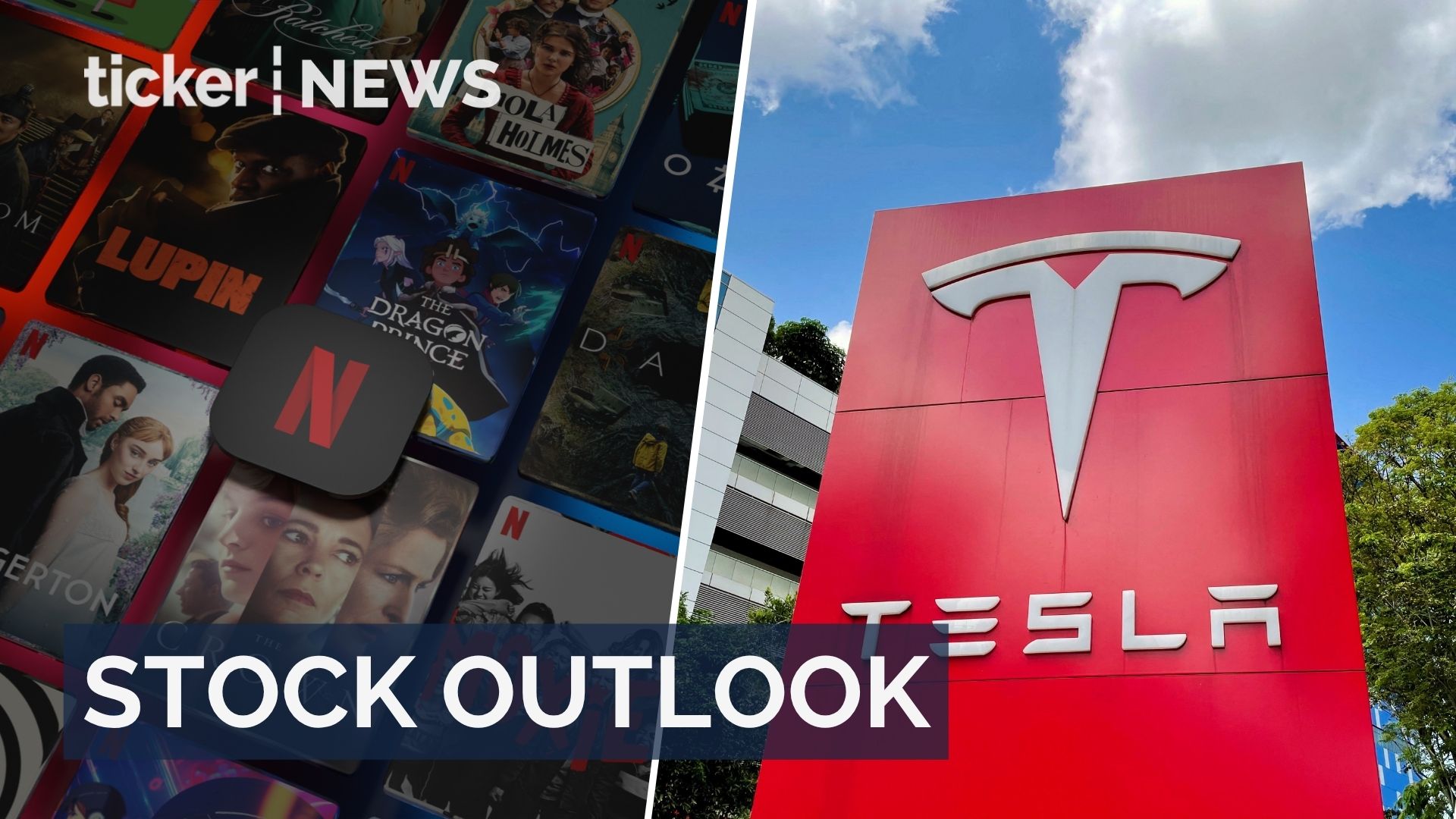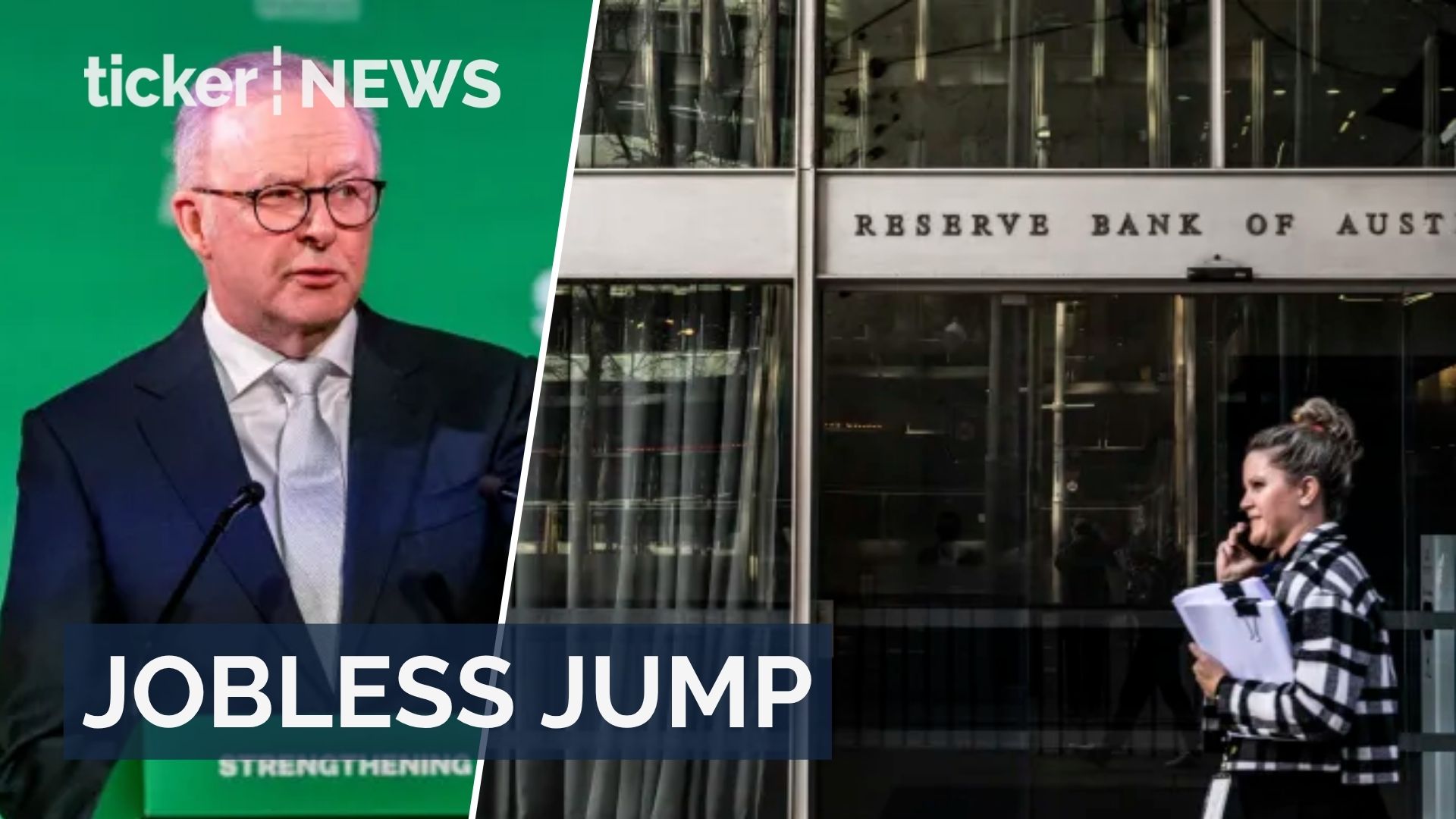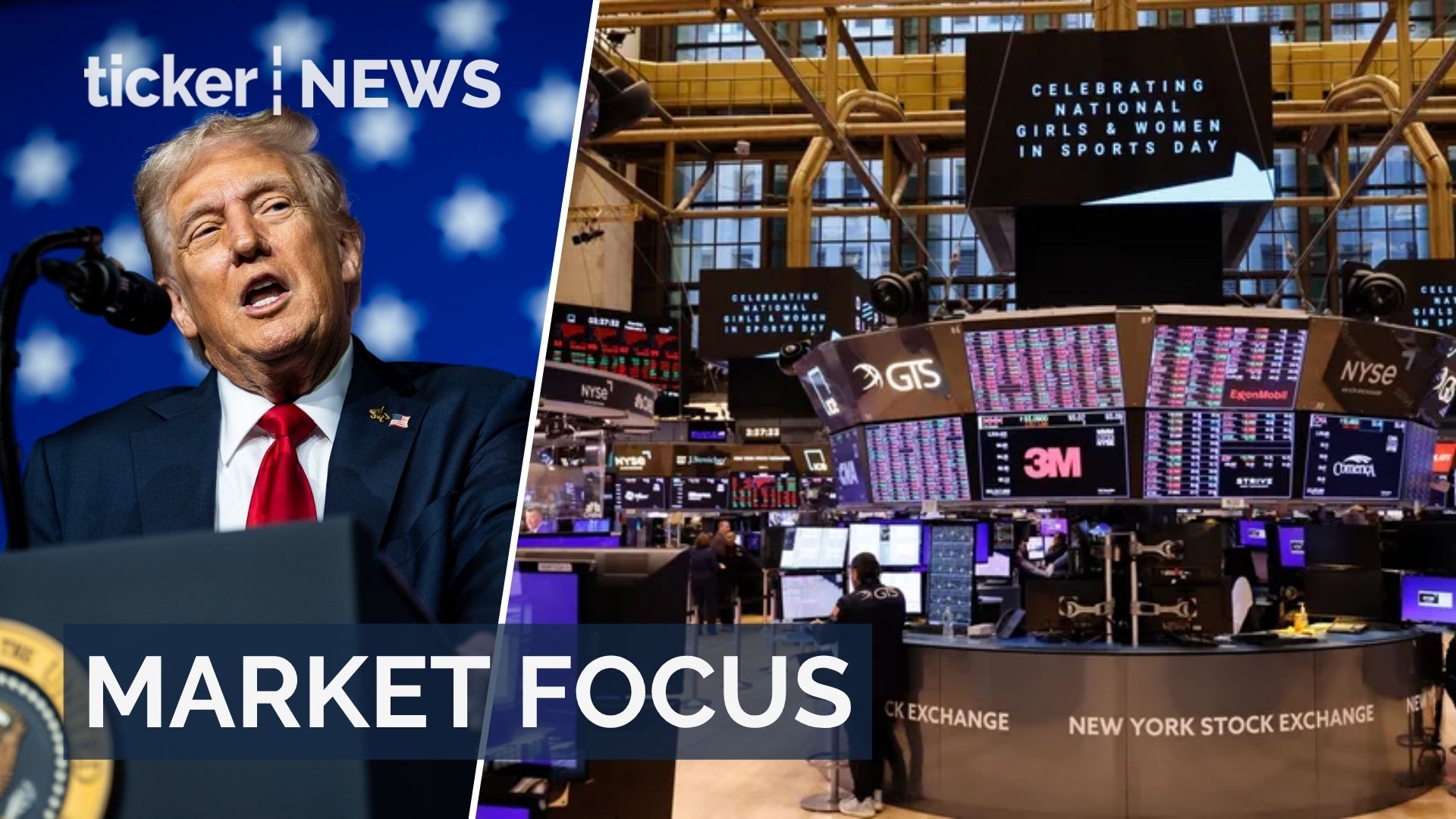Recently retired financial analyst Richard X. Bove has predicted that China will surpass the United States in terms of economic power, causing the US dollar to dramatically collapse.
Bove, an 83-year-old banking expert known for his often unconventional predictions, has declared that “the dollar is finished as the world’s reserve currency.”
Bove’s proclamation, although attention-grabbing, aligns with the long-term outlook shared by many analysts, suggesting that China is on track to become the world’s leading economy within the next decade.
Property sector
Despite China’s recent economic challenges, including the collapse of its property sector, which constitutes approximately a quarter of its economy, Bove remains steadfast in his prediction.
In contrast, the US economy has demonstrated resilience, exceeding expectations in the final quarter of the previous year.
Bove explained that his prediction is not echoed by other analysts because they are unwilling to challenge the mainstream financial system that sustains their livelihoods.
He likened them to “monks praying to money,” emphasizing their dependence on the existing financial establishment.
Audacious predictions
Throughout his illustrious career, Bove has made several audacious predictions, some of which have proven accurate. Notably, he predicted the 2008 housing crisis three years before it occurred in a 2005 report titled “This Powder Keg Is Going To Blow.”
Bove’s career has been marked by controversy, with his unconventional forecasts occasionally sparking criticism within the industry.
He was terminated from two prominent firms, Dean Witter Reynolds and Raymond James, with Dean Witter Reynolds citing his excessively bullish stance on bank stocks as the reason for his dismissal.
He also faced legal disputes, including a lawsuit from BankAtlantic over a critical 2008 research report they considered defamatory.
Despite mixed opinions in the financial world, influential figures like Jamie Dimon, the CEO of JPMorgan Chase, have expressed support for Bove’s insights, while others like Bank of America’s Brian Moynihan hold a contrasting view.
Growth rates
Bove’s latest forecast is consistent with the projections based on current growth rates, indicating that China’s GDP will surpass that of the US within the next decade, as reported by World Economics.
Although the US economy displayed robust growth in the last quarter of the previous year, while China faced challenges in its property sector, Bove’s long-term outlook remains unchanged.
The US economy outperformed expectations with GDP expanding at a rate of 3.3 percent in the fourth quarter, surpassing the anticipated 2 percent growth rate.
The continued strength of the US economy, coupled with its consumers’ willingness to spend despite high interest rates and prices, contributed to the unexpected resilience.
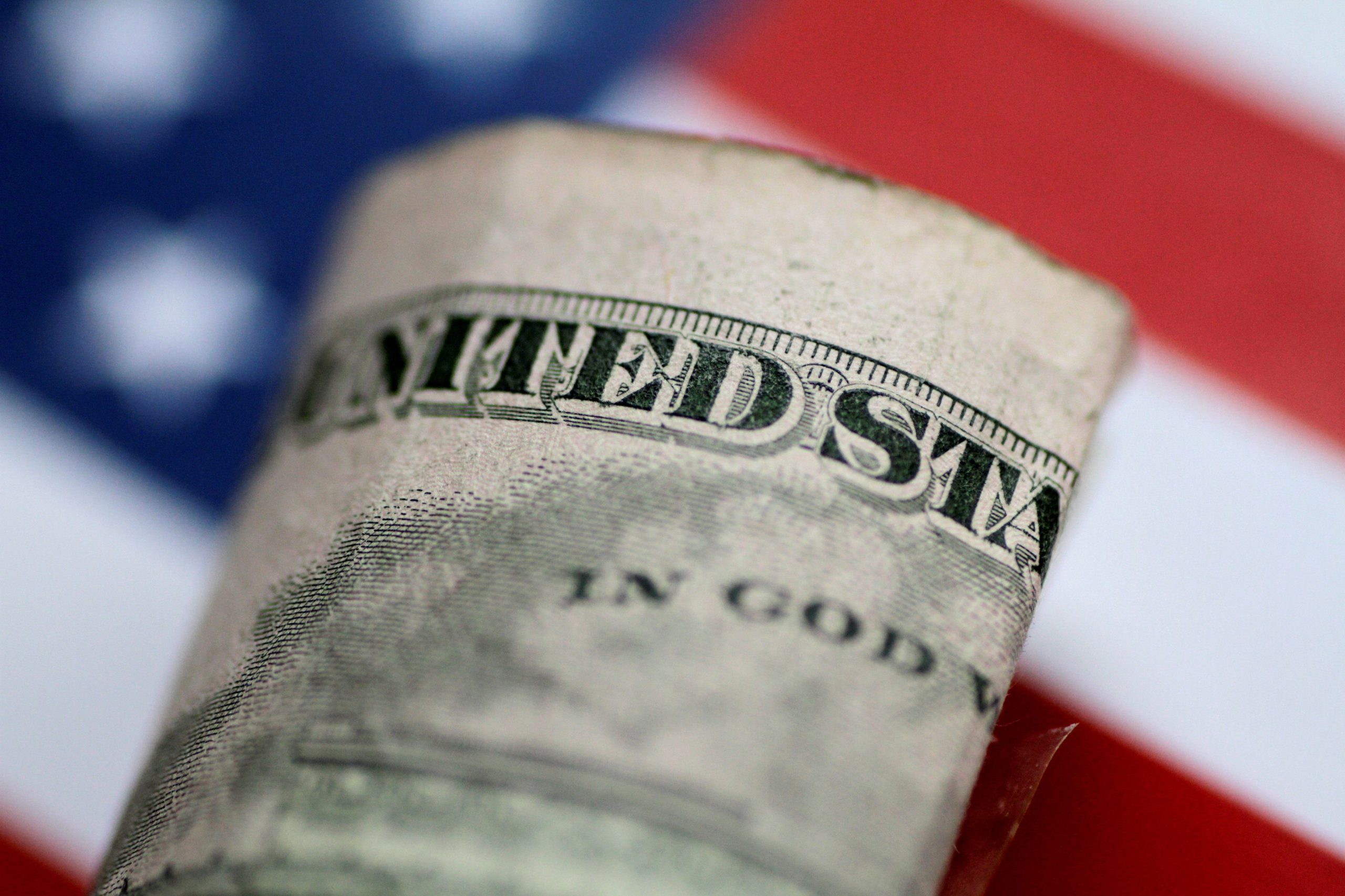




 Tech1 day ago
Tech1 day ago
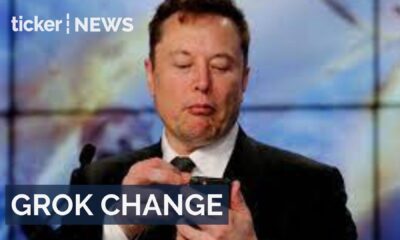

 Tech3 days ago
Tech3 days ago


 Tech2 days ago
Tech2 days ago
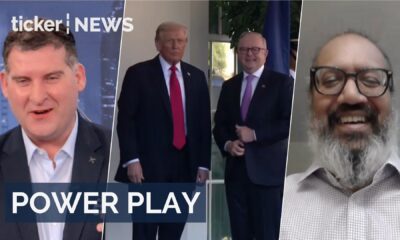

 News2 days ago
News2 days ago
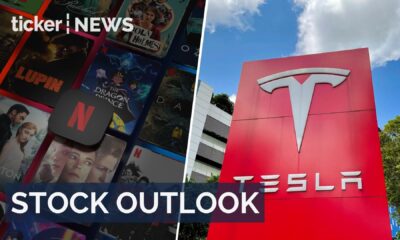

 Money3 days ago
Money3 days ago


 News2 days ago
News2 days ago
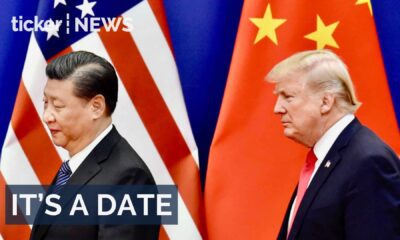

 News1 day ago
News1 day ago
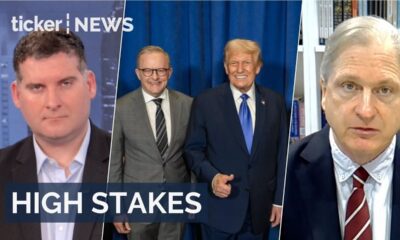

 News3 days ago
News3 days ago


